I first went to a motor race in 1956. Four years later I took a camera to a race for the first time. It was an Halina 35X — very basic camera with a fixed lens. It was another twenty years before I had a camera with a reasonably long lens suitable for motor racing action photography. But in the intervening years I grabbed quite a few passable action shots using a 50mm lens on my elderly Leica 3A. In those times, even at Formula One races, the spectator areas were close to the track and there wasn’t the dense safety catch fencing lining the tracks.
In the 1990s my motor racing photography kit became serious — two Canon SLR bodies and big lenses, a 2x converter carried in a huge Lowenpro backpack and a monopod dangling underneath. I hauled this heavy load all over the world. I did get some good photos and quite a few were published.
Now I have gone full circle. My interest in motor sport is as keen as ever — although I am no longer a fan of Formula One —and am I taking more photos than ever. What I am not doing is carrying around a backpack full of heavy gear. Last year I went to the local Bathurst 12-hour GT sports car race with my Sony A7 and a couple of lenses including a long zoom. I came back with some good photos but I decided that they were not worth all the effort.
So for this year’s 12-hour race run on the 5th of February I took two of my Leicas — the X Vario and the newly acquired Q. I really needed only the Q and, in fact, I carried only one camera at any time — leaving the X Vario in the car most of the time. I slimmed down my gear because one Leica is easy to carry and Bathurst is a track with a lot of walking and climbing. And, because the eastern states of Australia have been subjected to extreme heat conditions for much of the past six weeks, including the weekend of the race — and I am no longer a young man. In fact the two days at Bathurst were very hot and the last four hours of the race on the Sunday were run in conditions where the ambient temperature was over 40ºC — heatstroke territory.
The Bathurst Mount Panaorama track is widely recognised as one of the world’s great motor racing circuits, right up there with the Nürburgring and Spa. It is very challenging and the greatest thing about it from a spectator and photographer point of view is that you can get very close to the action. On the climb up to the top of the mountain and down the other side the circuit runs through rock cuttings and these provide great vantage points where you can look down on the cars without any catch fencing to obscure the view. Even off the mountain much of the viewing is clear of the dreaded fencing.
I had taken the Q with the thought that it would be in its element for pit and paddock shots and I had at the back of my mind trying it out up the mountain for some action shots.
Obviously a camera with a 28mm wide-angle lens is not a conventional choice for motor sport action shots. But, surprisingly, the Q really excelled itself at Bathurst. The autofocus speed is superb — it can easily autofocus on a speeding car — and the full-frame sensor means that even when the 28mm lens was too wide, by cropping I still had a very usable photo when I employed the camera it in the right situations.
Having said that, at most motor racing circuits the Q would be useless for action shots as you are usually so far removed from the track and the heavy steel mesh of the ubiquitous catch fencing destroys any chance of decent photos even if you have a camera with a suitably long lens.
Regular readers of Macfilos will be aware that I have been a big fan of the little Leica X1 and indeed it was a photo taken with the X1 which won me the cash to buy the Q. I still prefer the X1 over the Q when I am looking for a small fit-in-the-hand/pocket camera and it is such a pity that Leica have stopped making the X series cameras. An X2 with a good EVF and the Q’s autofocus speed would be a really strong seller. The Q is just too large and heavy to be considered a pocket camera by any stretch of the imagination. But I can overlook this shortcoming when using the superb viewfinder and autofocus and the IQ from the lens/sensor/processor combination is stunning. You really have to see the original files to appreciate just how good they are.
After all these years of photography I am over endless obsessing about post-processing software and technicalities. All I am interested in nowadays is the photos and I am more than happy with the quality of the jpegs from my Leicas and from the Q in particular. But for those who are interested in such matters I set the jpeg settings on the Q to medium low for contrast and saturation and medium high for sharpness. I do like the natural low-saturated look this combination gives me.
I hope that you enjoy my Q photos from Bathurst and maybe they will tempt you to come to the Mountain next year. Just remember to bring a coolbox full of bottled water, a wide brimmed hat, litres of sunscreen and some strong fly repellent — and just one camera!
____________
- Read more from John Shingleton at The Rolling Road and Instagram
- Subscribe to Macfilos for free updates on articles as they are published
- Want to make a comment on this article but having problems?

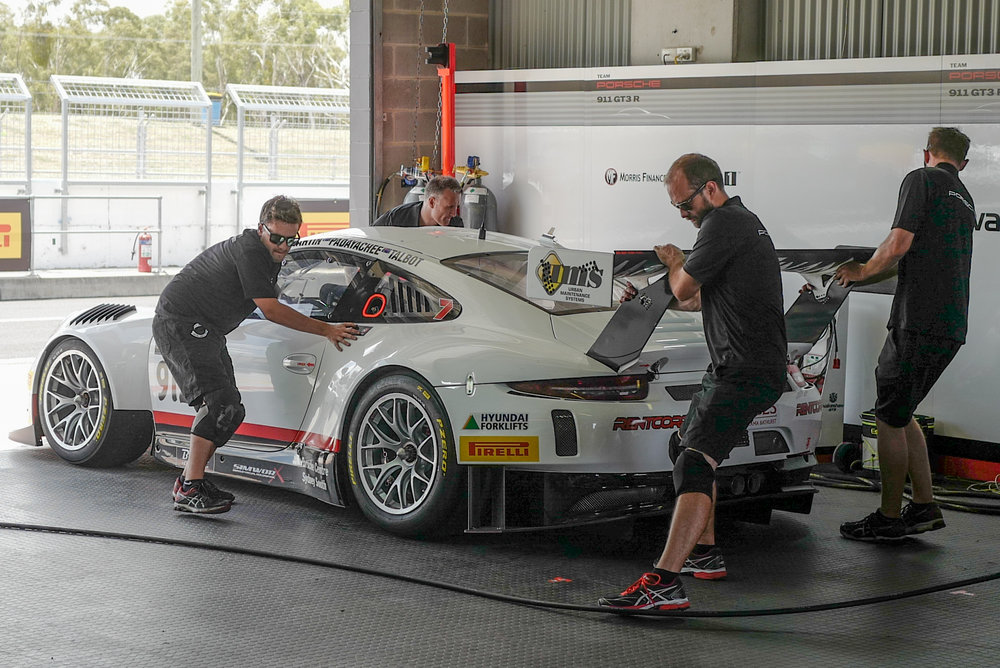
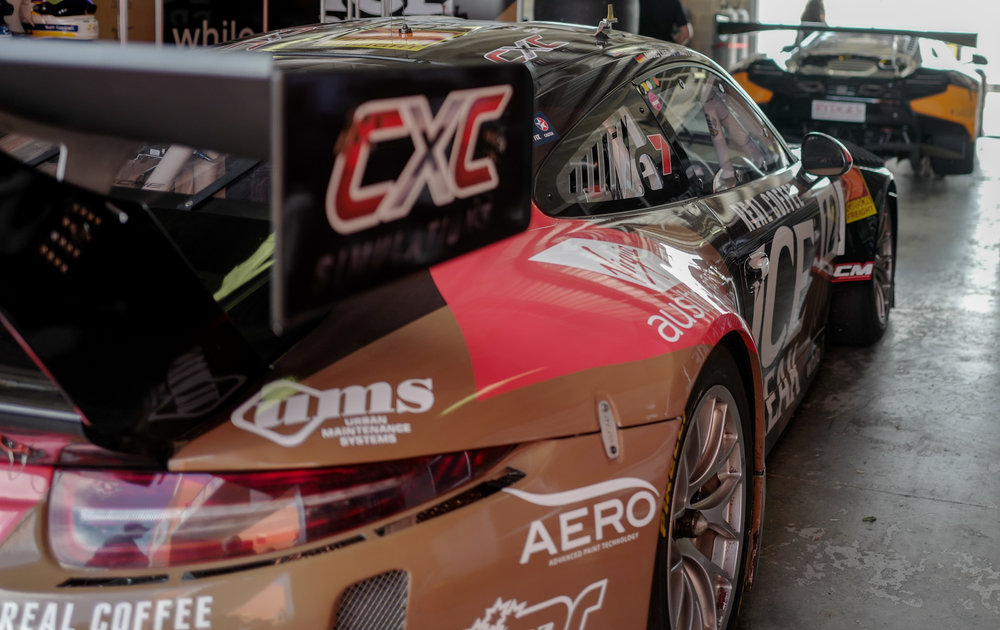
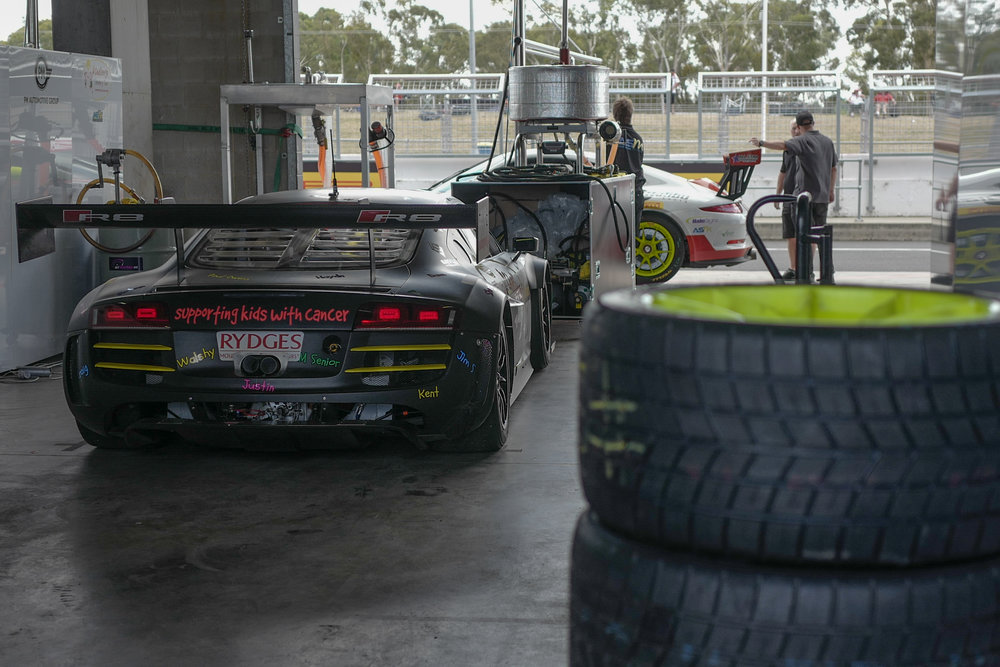
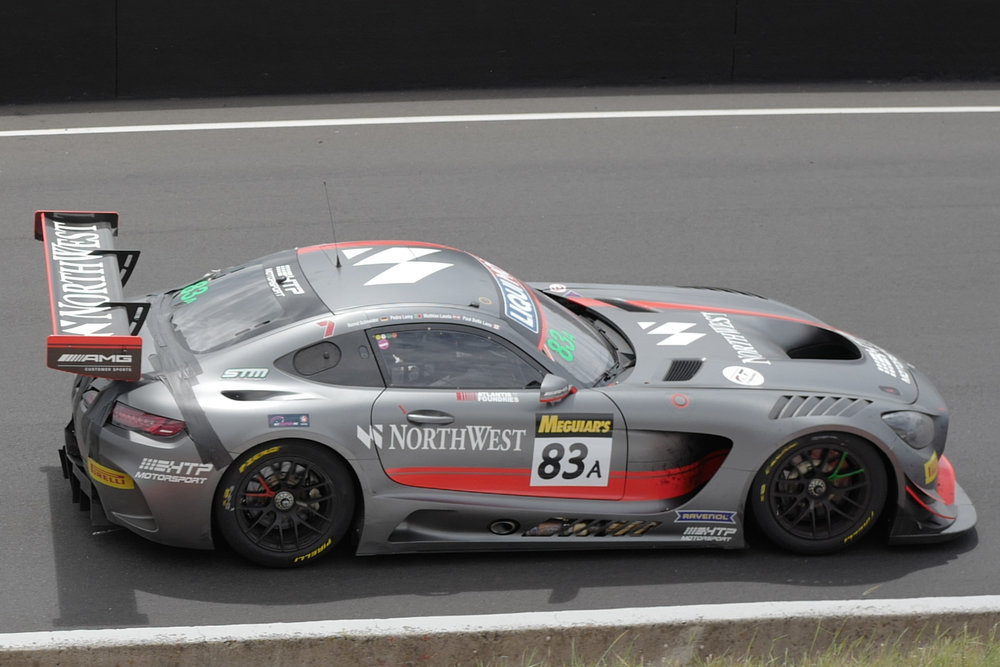
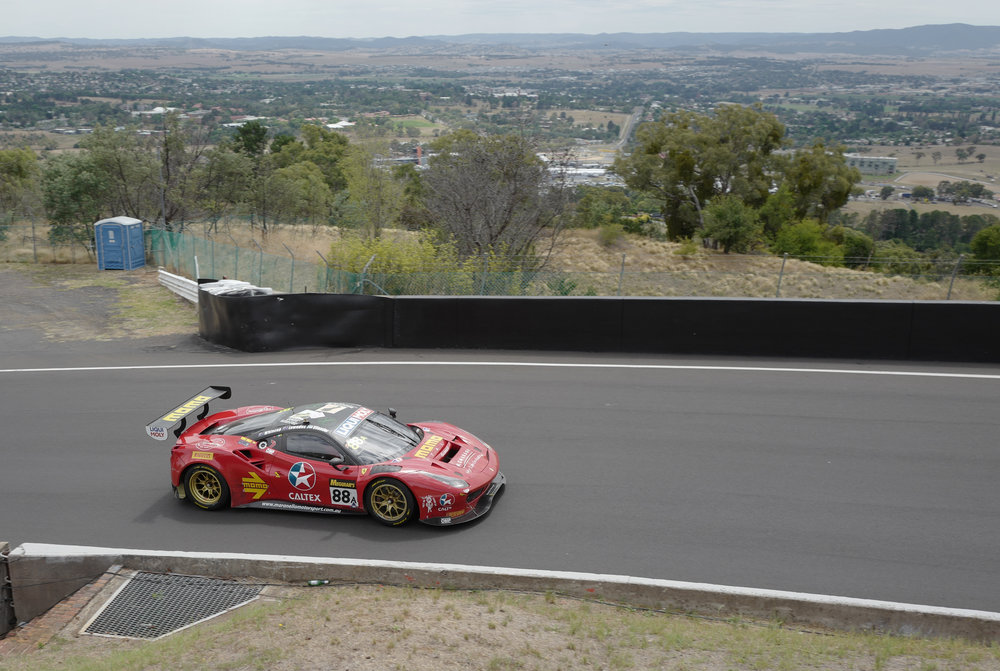
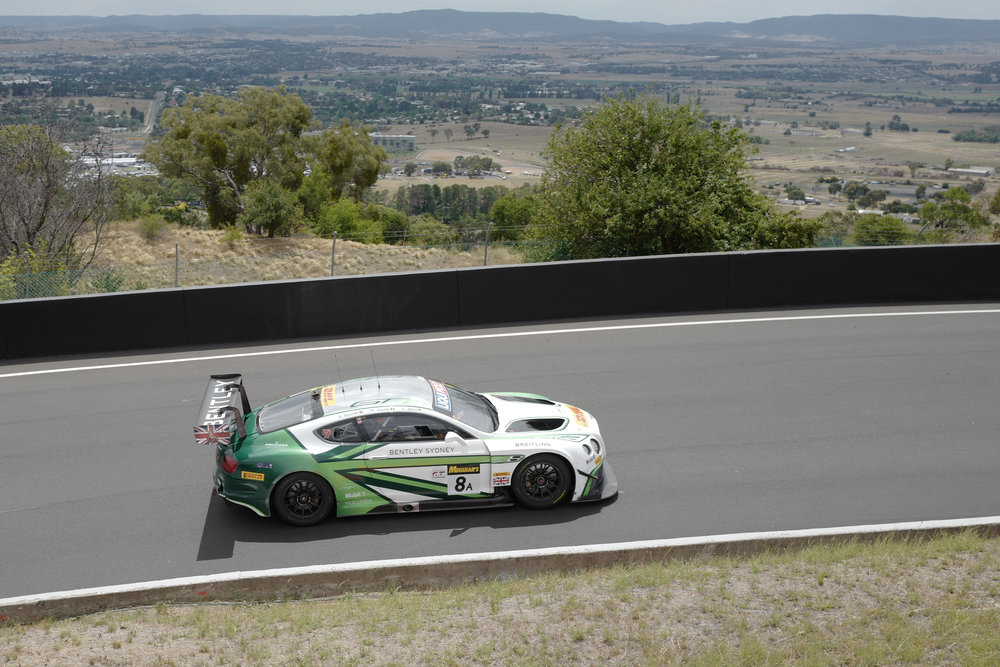
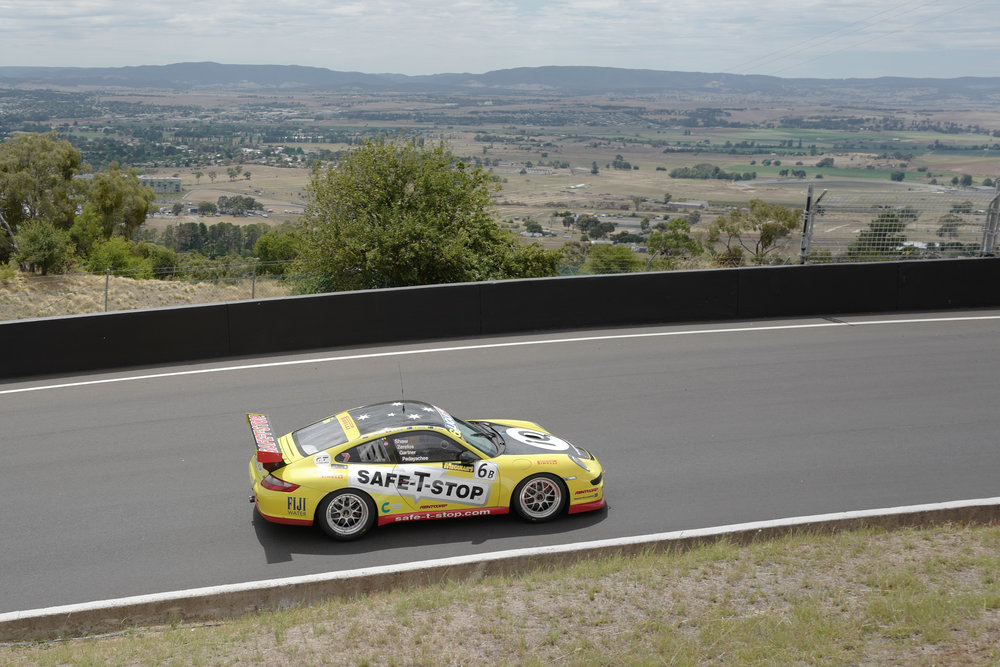
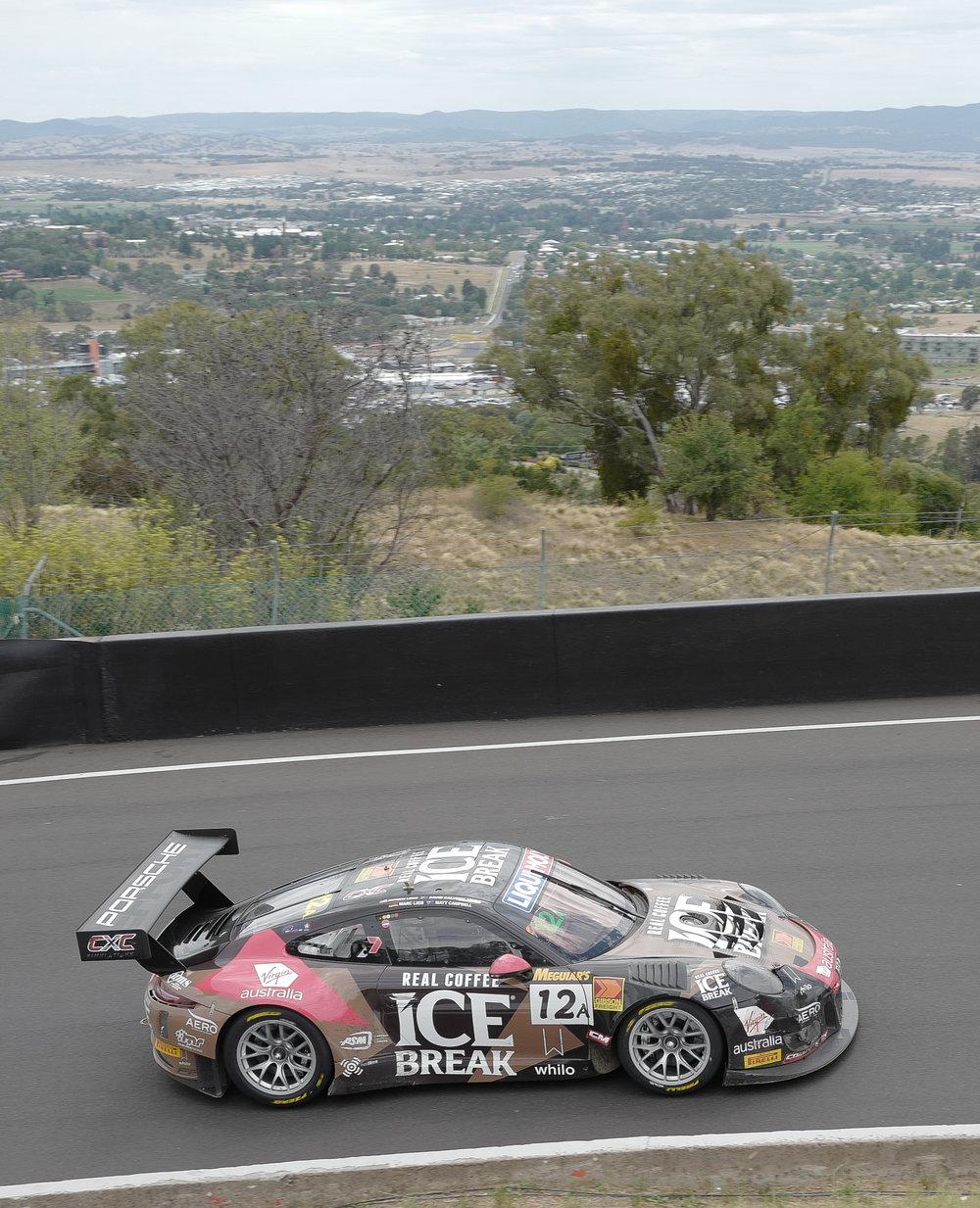
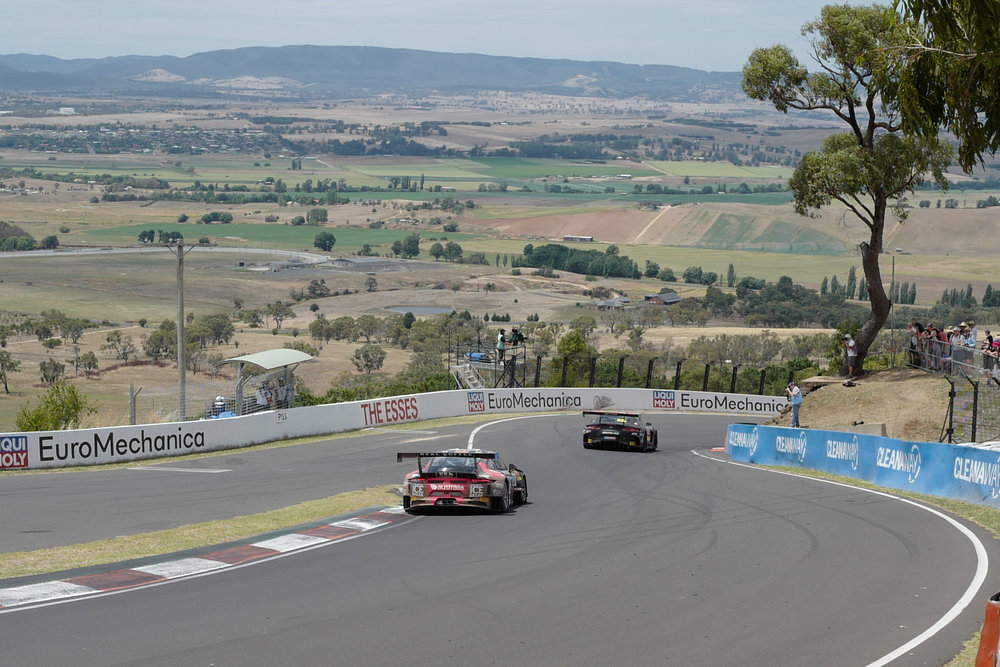
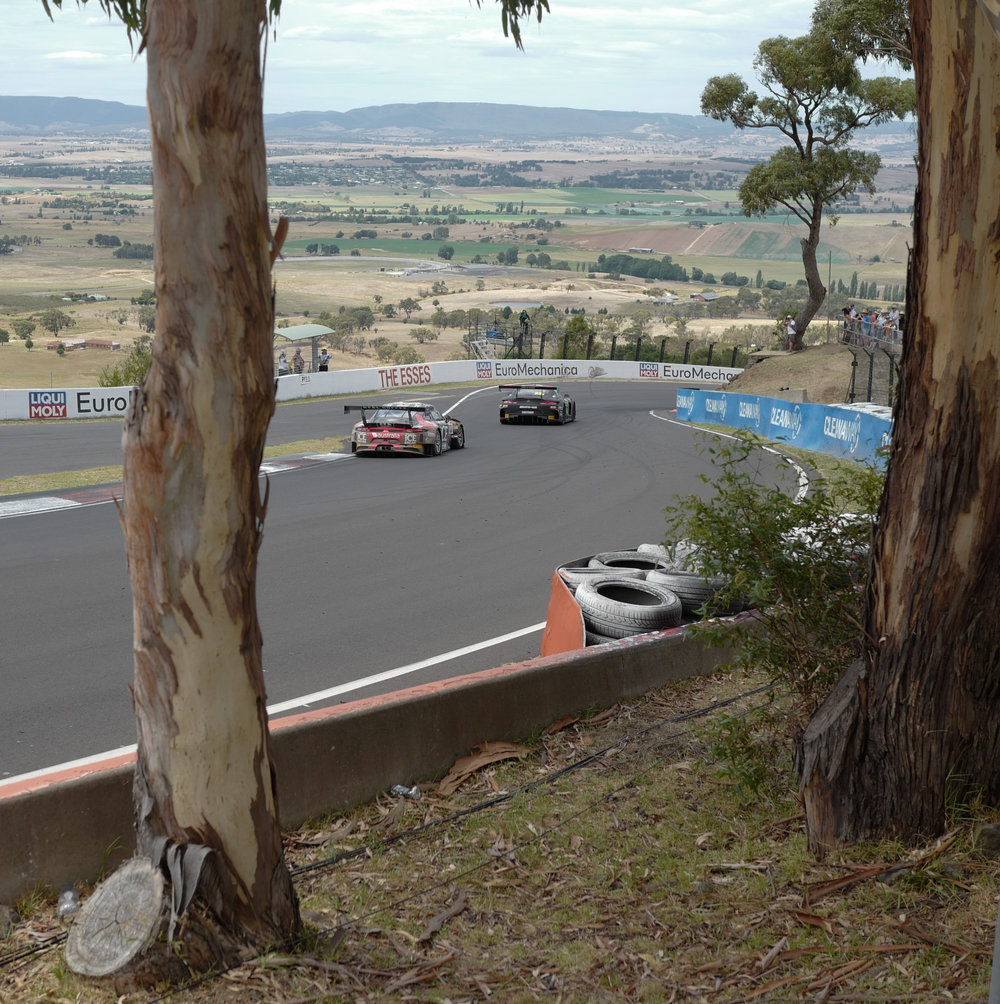
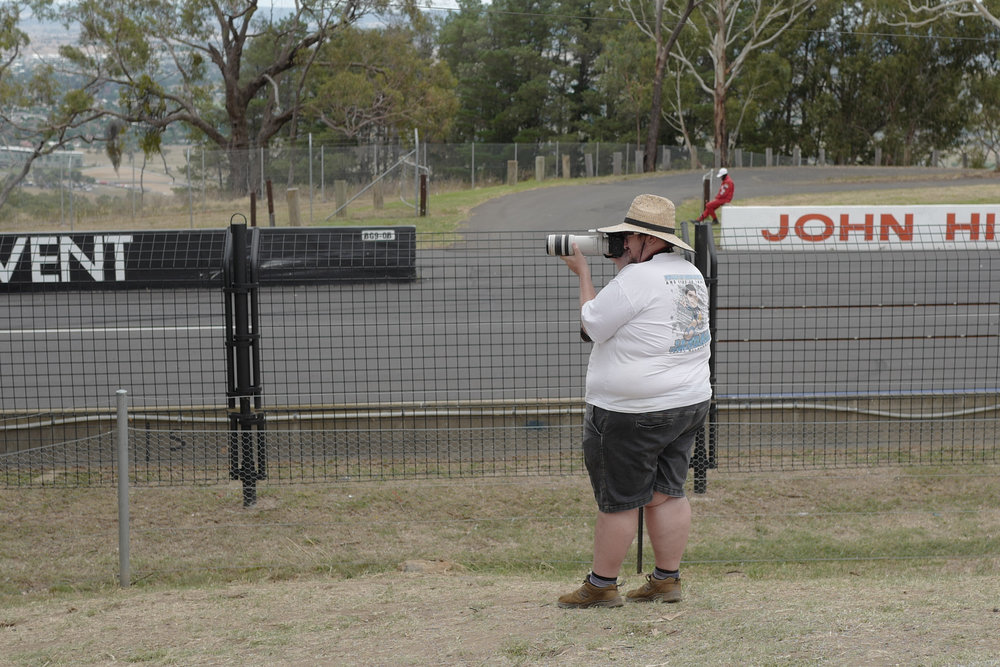
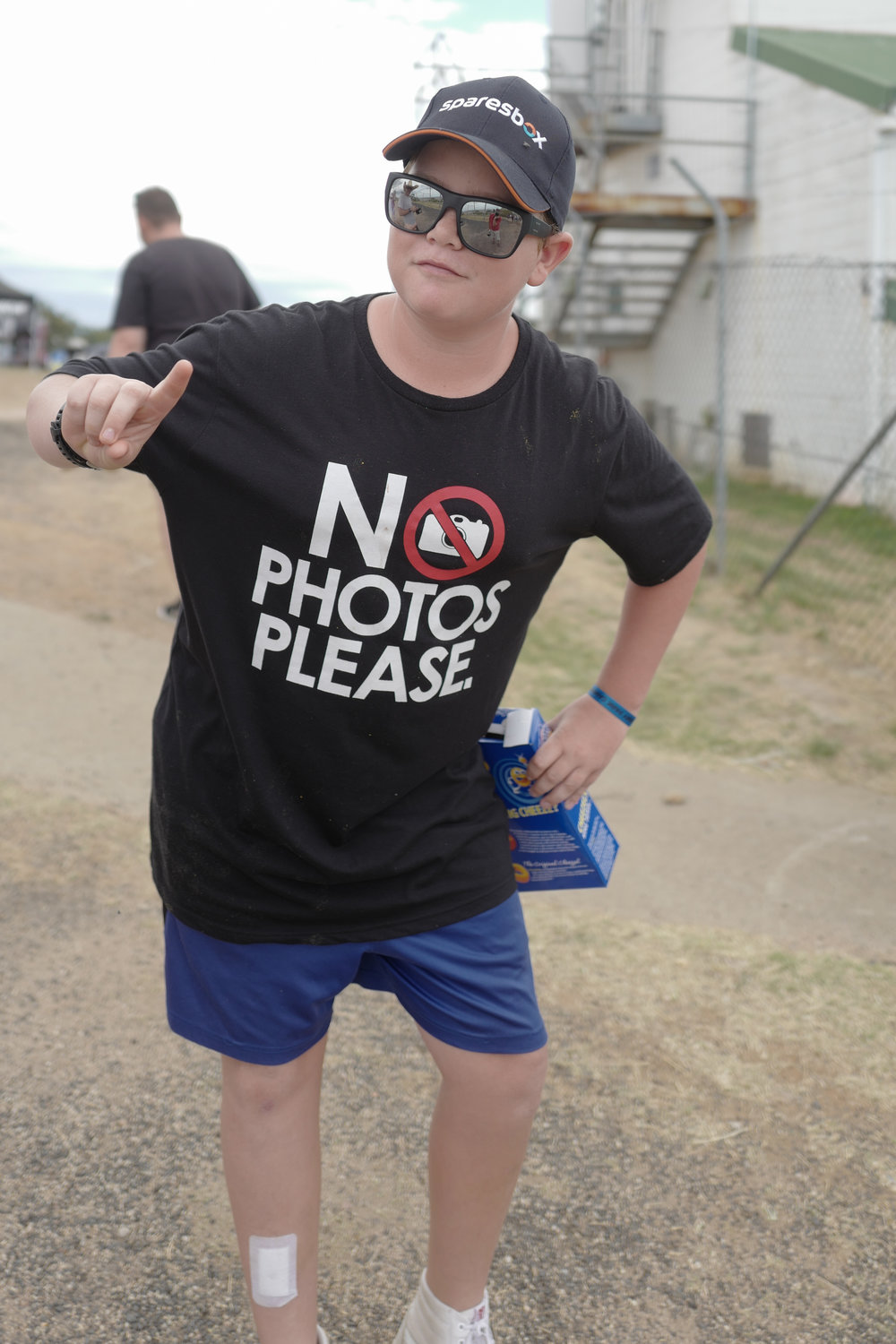
I really like that low saturation look, John. Could suit a lot of other subjects, too. I like all I hear about the Q, but X-like size is my style, and I’m very glad your prompting landed me with the X1.
John , the low saturation/low contrast setting only seems to work with the Q. I tried it on the X1 and the X Vario and the jpegs were dull and "muddy".
Great shots John. I really like the shot with the two trees. It could be nowhere else but Bathurst. I watched some of this race on You Tube. What impressed most were the driving of Finnish driver Toni Vilander in the winning car and the speed of the big Bentleys on the straights. Bathurst is a spectacular circuit and parts of it remind me of the Corkscrew Hill at Laguna Seca in California; who will ever forget the battle there in 2008 between Valentino Rossi and Australia’s Casey Stoner. At that time I was living in Qatar and we had a lot of motor racing, F1 in Bahrain, offshore Class 1 powerboats with 2,000bhp per boat in Doha harbour and MotoGP at Losail where I saw many battles between the Rossi and Stoner. I used to lug along a Nikon D3 with 300mm lenses and extenders and monopods. Shooting at many frames per second on the D3 was the best method of getting one good photo. I could never bond with a monopod and my arms ached quite a bit after each event.
The most important piece of equipment was not a camera or a lens but a jacket (usually yellow) which would give you access to the best shooting positions. A Chinese photographer with no professional connections who I met in Doha always seemed to be able to blag his way into getting one at events in Doha of which there were many including IAAF athletics and tennis with the Williams sisters winning all around. My Chinese friend would always be there at track or court side with a yellow jacket on, getting great photos. On one occasion, I even saw him swapping a jacket with another photographer; perhaps a jacket sharing scheme?
I note in one of your photos that there is a guy wearing a blue jacket standing on the track side of the fence along with another photographer. Is there a jacket scheme at Bathurst? The best shots would be from where the TV camera man is on a stand on the other side. From there you could compressed shots of the cars coming down the hill. I presume that guys with jackets could get onto that side of the track.
Like yourself my days of lugging large cameras and lenses about are over. I have some much lighter weight Fuji replacements for the Nikon gear, but I have not tested them out on motor sport yet. I am impressed with the shots you got with the Leica Q and, with modern sensors, a lot is possible without very large lenses.
My boyhood heroes were Stirling Moss and Graham Hill and I have memories of getting up at 5 am to hear reports from Le Mans from Raymond Baxter and John Bolster on the BBC. I have been toying with the idea of going to the Goodwood Revival, where not only the cars but the clothing etc are nostalgic. I might bring a semi-long lens for the racing, but for the pit walking, if such is possible, it would have to be a Leica IIIc or IIIf or even an M3 to fit the period feel.
William